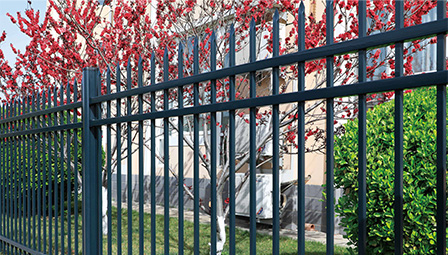metal roofing nails
Ліст . 03, 2024 18:46
Understanding Metal Roofing Nails A Comprehensive Guide
When it comes to roofing, especially metal roofing, the choice of nails is crucial for ensuring durability and longevity. Metal roofing is becoming increasingly popular due to its robustness, aesthetic appeal, and energy efficiency; however, the right nails are essential for a successful installation.
Metal roofing nails are specifically designed for use with various types of metal roofing materials including tin, aluminum, and steel. One of the most critical factors to consider when selecting metal roofing nails is the material from which they are made. Common choices include galvanized steel, stainless steel, and aluminum. Galvanized steel nails, coated with a layer of zinc, resist rust and corrosion, making them suitable for most applications. On the other hand, stainless steel nails are ideal for coastal areas where salt exposure increases the risk of corrosion. Aluminum nails are lightweight and resistant to rust, although they may not offer the same strength as steel options.
Another important characteristic of metal roofing nails is their length and gauge. The length of the nail should be sufficient to penetrate the roofing material and securely anchor it to the underlying roof deck. Typically, metal roofing nails come in lengths ranging from 1 to 2 inches. The gauge refers to the thickness of the nail; a thicker gauge offers more strength but can be more challenging to install. A commonly recommended gauge for metal roofing nails is between 10 and 12, which provides an excellent balance between strength and ease of use.
metal roofing nails

Moreover, the head style of the nail plays a significant role in its performance. Larger heads are preferred for metal roofing as they provide better holding power and prevent the nail from pulling through the metal sheets. Additionally, many metal roofing nails feature a rubber washer underneath the head. This washer serves as a seal, preventing water from seeping through the nail hole, thus enhancing the roof's overall waterproofing capabilities.
Installation is another critical aspect of using metal roofing nails. Proper spacing and placement are vital to ensure that the metal roofing panels are securely fastened. A general rule of thumb is to place nails every 12 to 24 inches along the panel’s edge and at intervals depending on the module of the roofing material used. It's also essential to avoid overdriving the nails, as this can deform the roofing material and lead to potential leaks and compromised structural integrity.
In conclusion, the choice of nails for metal roofing is not a trivial matter; it significantly impacts the roof's functionality and lifespan. Homeowners and contractors alike must consider the material, length, gauge, head style, and proper installation techniques when selecting metal roofing nails. By paying attention to these factors, one can ensure a sturdy, long-lasting metal roof that enhances the property’s value while providing reliable protection against the elements. Whether you are embarking on a new roofing project or considering a replacement, understanding the importance of metal roofing nails will help you make informed decisions for a successful outcome.




















